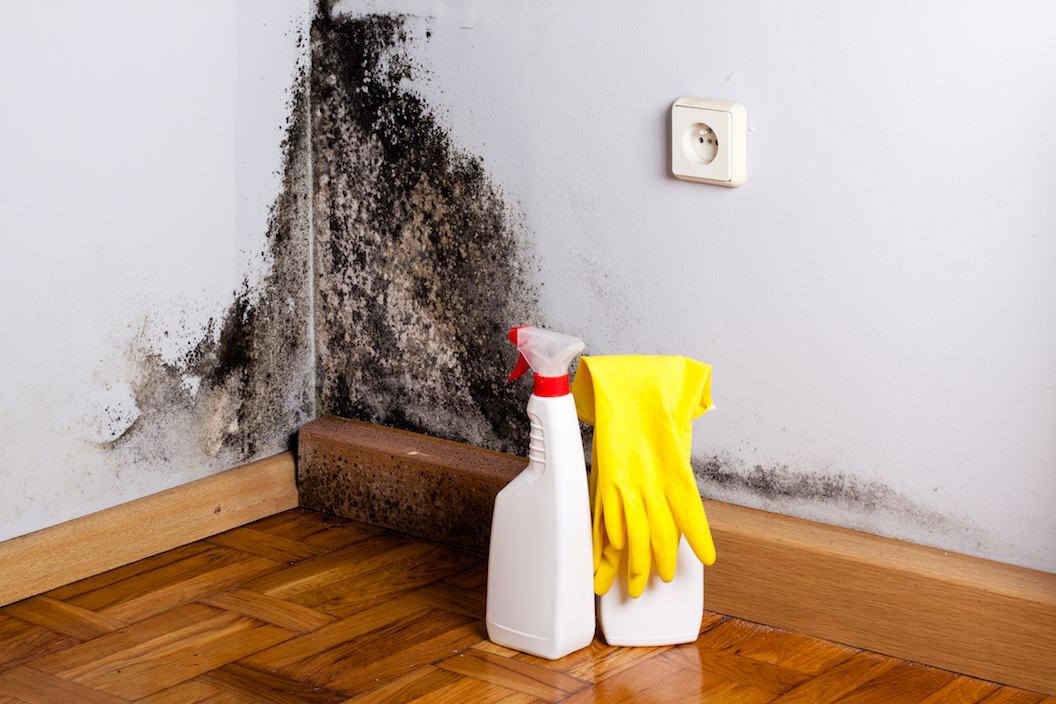
Domestic Disaster: Mould and Mildew
The hot summer weather means that we are having to think about all kinds of things that we didn’t previously realise were important. One of these is mould and mildew. So what exactly are they?
Mould is a fungus that develops from airborne spores in damp, warm conditions. It thrives in humid conditions without much airflow, such as bathrooms and lofts. It can also be caused by plumbing leaks and badly insulated heating pipes. Black mould that appears on walls is known as mildew. It often starts as small spots then spreads over larger areas if left untreated.
The hot humid weather we have been having recently is an ideal breeding ground for mould and mildew and it can develop very quickly. This means that you could go away on holiday and come back to find some unpleasant surprises in your home.
Mould and mildew not only looks unsightly but can cause health problems such as allergic reactions. So let’s take a look at how to prevent mould and mildew, and how to get rid of it if you already have some.
Preventing mould and mildew
- Keep areas such as bathrooms, kitchens, and lofts as well-ventilated and dry as possible. Allow plenty of fresh air to enter and circulate around your home by keeping windows open where possible, opening doors between rooms, reducing clutter and moving items away from walls to allow the air to flow.
- Check all the above areas regularly for any plumbing problems or leaks, and get them sorted as soon as you discover them. Also do extra checks on the exterior of your home after bad weather and make any necessary repairs to roofs, gutters etc without delay.
- Ensure that towels, discarded clothes and other materials – such as shower curtains – are dried thoroughly after use and not left to fester in the bathroom as they will attract mould.
- If an area is already prone to mould and mildew consider improving your home insulation and/or using a dehumidifier to keep the area as dry as possible. Also consider an anti-mildew paint.
- Keep vulnerable areas scrupulously clean. This means general cleaning – such as dusting, vacuuming, washing and disinfecting – and also using an anti-microbial spray to help prevent the spores from settling.
Getting rid of mould and mildew
Make sure you wear protective eyewear, gloves, and a face-mask when you are cleaning mould and mildew, as contact with the spores can be harmful. Also open windows or use a fan in the room while working.
The best cleaning solution is either a household detergent with bleach or a homemade mix of 1 part chlorine bleach to 3 parts water. There are also cleaning products specifically formulated for mould and mildew. Use a stiff-bristled brush to scrub the blackened area, then rinse thoroughly and dry.
The above tips should help you to prevent mould and mildew and tackle it effectively if it does occur. However, if you have severe mould or mildew then the best thing to do is to seek expert help.
If you need additional funds to pay for this then why not apply for one of our online loans? If your application is accepted, we aim to get the money into your bank account within 60 minutes. Apply online here, or call us on 0330 400 0403 for more information and help.
For any kind of domestic disaster, Loans2Go are here to help!
Previous ‘Domestic Disasters’ hints and tips:


 Now is the time to start planning your financial goals for 2026
Now is the time to start planning your financial goals for 2026 
















